Paseo del Prado and Buen Retiro, a landscape of Arts and Sciences
This 200-hectare cultural landscape in the heart of Madrid has evolved since the tree-lined Paseo del Prado (the prototype of the Spanish Alameda) was built in the 16th century. The avenue features many large fountains, notably the Cibeles and Neptune fountains, and the Plaza de Cibeles, an iconic symbol of the city surrounded by famous buildings. The site embodies the new ideas about urban space and development during the enlightened despotism of the 18th century. The site contains buildings dedicated to the arts and sciences, as well as those dedicated to industry, healthcare and research. Together, they embody the aspirations for a utopian society at the height of the Spanish Empire. The 120-hectare Buen Retiro Gardens (Gardens of Pleasant Rest), the remains of the 17th-century Buen Retiro Palace, are the largest part of the site and showcase different horticultural styles from the 19th century to the present day. The site also features the terraced Royal Botanical Gardens and the Barrio Jerónimos residential area, which has a rich collection of 19th- and 20th-century architecture, including cultural venues.
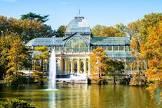
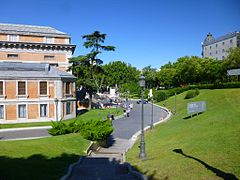
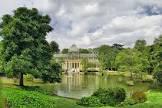



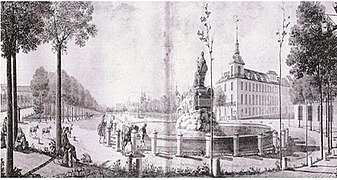

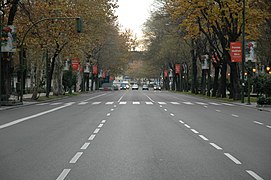
Poem of the heritage generated by AI
Intangible culture related to the heritage
China tourist attractions related to the heritage
World heritage related to the heritage
Information extracted from Wikidata
| executive body | Paseo del Prado, Madrid |
| has quality | http://commons.wikimedia.org/wiki/Special:FilePath/Paseo%20del%20Prado%20%28Madrid%29.jpg |
| office held by head of the organization | http://g.co/kg/m/06j2nj |